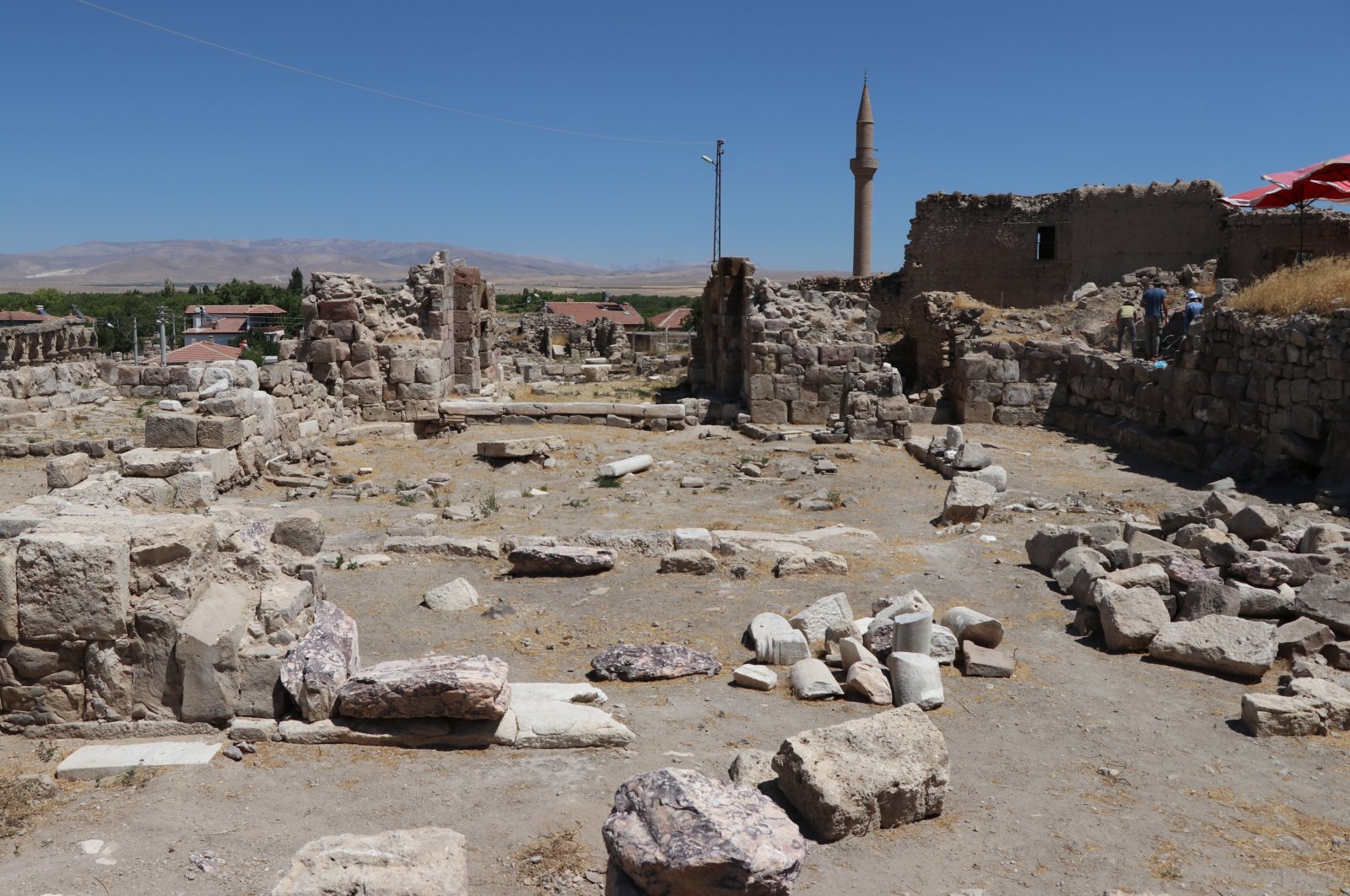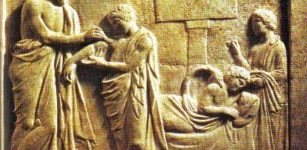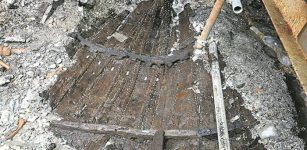Ancient City Of Tyana And A 1600-Year-Old Rare Octagonal Church Unearthed In Central Anatolia Turkey
Conny Waters - AncientPages.com - The ancient city of Tyana is another Turkish city that can show much of its rich history thanks to archaeological excavations that are conducted in the area.
 The Roman aqueduct of Tyana. source
The Roman aqueduct of Tyana. source
Excavations are now conducted in Tyana that has its location on the Christian holy pilgrimage path.
The recent discovery is the new church with an octagonal plan and coins believed to be from the 4th century, and this structure is considered as rarer in Anatolia, according to the archaeologists.
Noting that the coins belong to the beginning of the 4th century, Osman Doğanay, an academic and the head of the excavation, stated that they have evidence of the construction date of the city walls and aqueducts, writes Hurriyet Daily News.
“The most important finding of the excavations that started in our period is the octagonal planned church. There are very few examples in Anatolia,” Doğanay said. However, the church is the only example of this size in the Cappadocia region.
The aqueducts, pool, and Roman baths are among other significant landmarks of Tyana, which has a rich history that goes back to 4,000 years. It is located in Cappadocia, at the foot of Mount Taurus, near the Cilician Gates, and near the modern Turkish center of Kemerhisar, in the Niğde Province of Turkey. Tyana existed before the Hittite invasion and under the first Hittite King Labarna (around 1680-50 BC). The city was a prominent religious center.
 Ancient ruins of the city of Tyana. source
Ancient ruins of the city of Tyana. source
Over the course of history, Tyana belonged to the Phrygia, an ancient Anatolian kingdom (12th-7th century BC), and later to the Persians. According to historical records, Tyana was the capital of a Luwian-speaking Neo-Hittite kingdom in the 1st millennium BC.
The magnificent aqueducts of the city, the construction of which started in 98 AD, were completed by Emperor Hadrian (130s AD) and these structures are still standing today.
From the city's coins, we learn that in the reign of Caracalla (Marcus Aurelius Antoninus), who was Roman emperor from 198 to 217 the city became a Roman colony. Then, it also belonged to the empire of Palmyra, and it was conquered by Aurelian, in 272 AD.
 The excavation area in the ancient city of Tyana, Niğde province, central Turkey. Image credit: AA
The excavation area in the ancient city of Tyana, Niğde province, central Turkey. Image credit: AA
In 372, Emperor Valens split the province of Cappadocia in two, and the city of Tyana became the capital and metropolis of the so-called Cappadocia Secunda. It is believed that the ancient city of Tyana had stayed inhabited since it has a perfect location at the mouth of the Gülek Pass (or The Cilician Gates) that goes through the Taurus Mountains and has been a major military and commercial artery for millennia.
Despite the city’s favorable location as it is close to Niğde’s Kemerhisar district, Tyana does not have so many tourists as other famous places in the Cappadocia region.
Therefore, not many travelers have had the opportunity to visit cave cemeteries and sepulchral grottoes of Tyana, to admire the beautifully preserved Roman aqueduct, learn about the Hittite past of the settlement. or perhaps take a closer look at the biography of Apollonius of Tyana, who was believed to be the city's Greek Neopythagorean philosopher of the First Century AD. His reputation as a sorcerer and healer had spread widely during the Roman period.
Written by Conny Waters - AncientPages.com Staff Writer




















